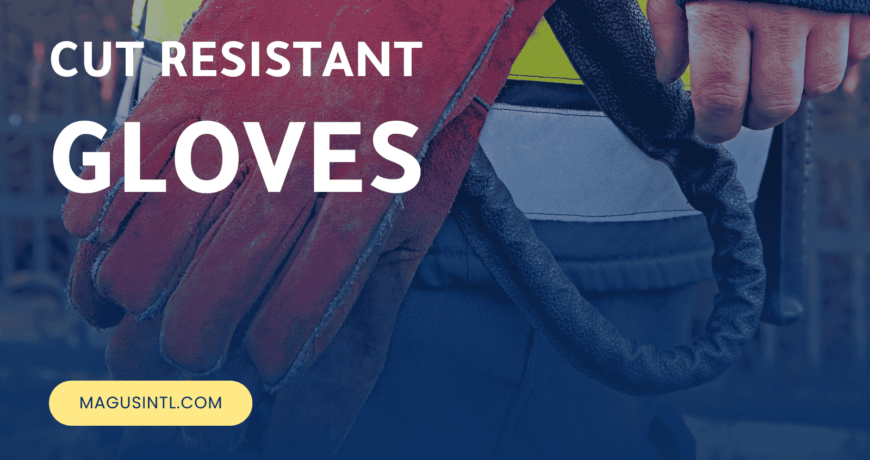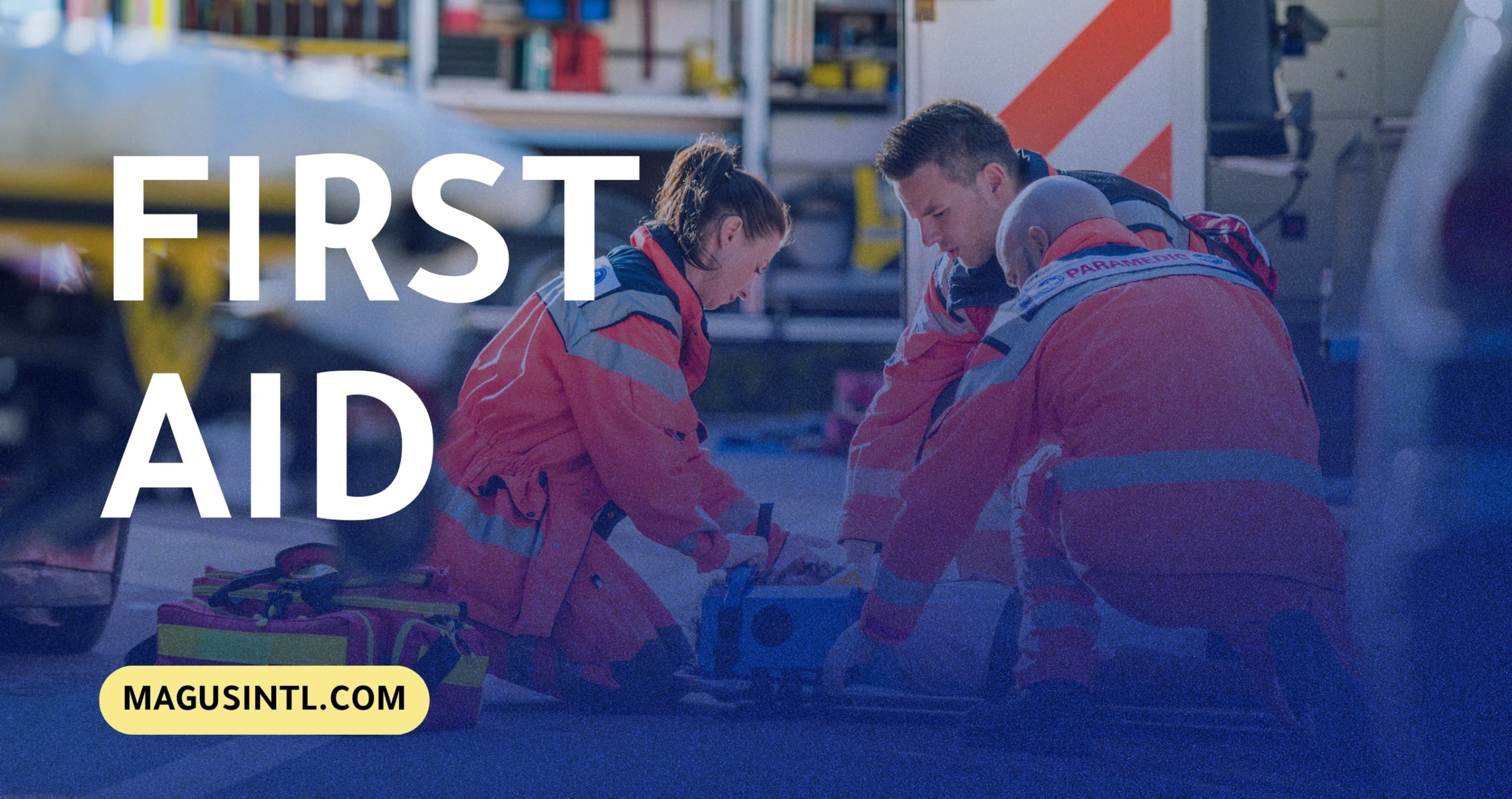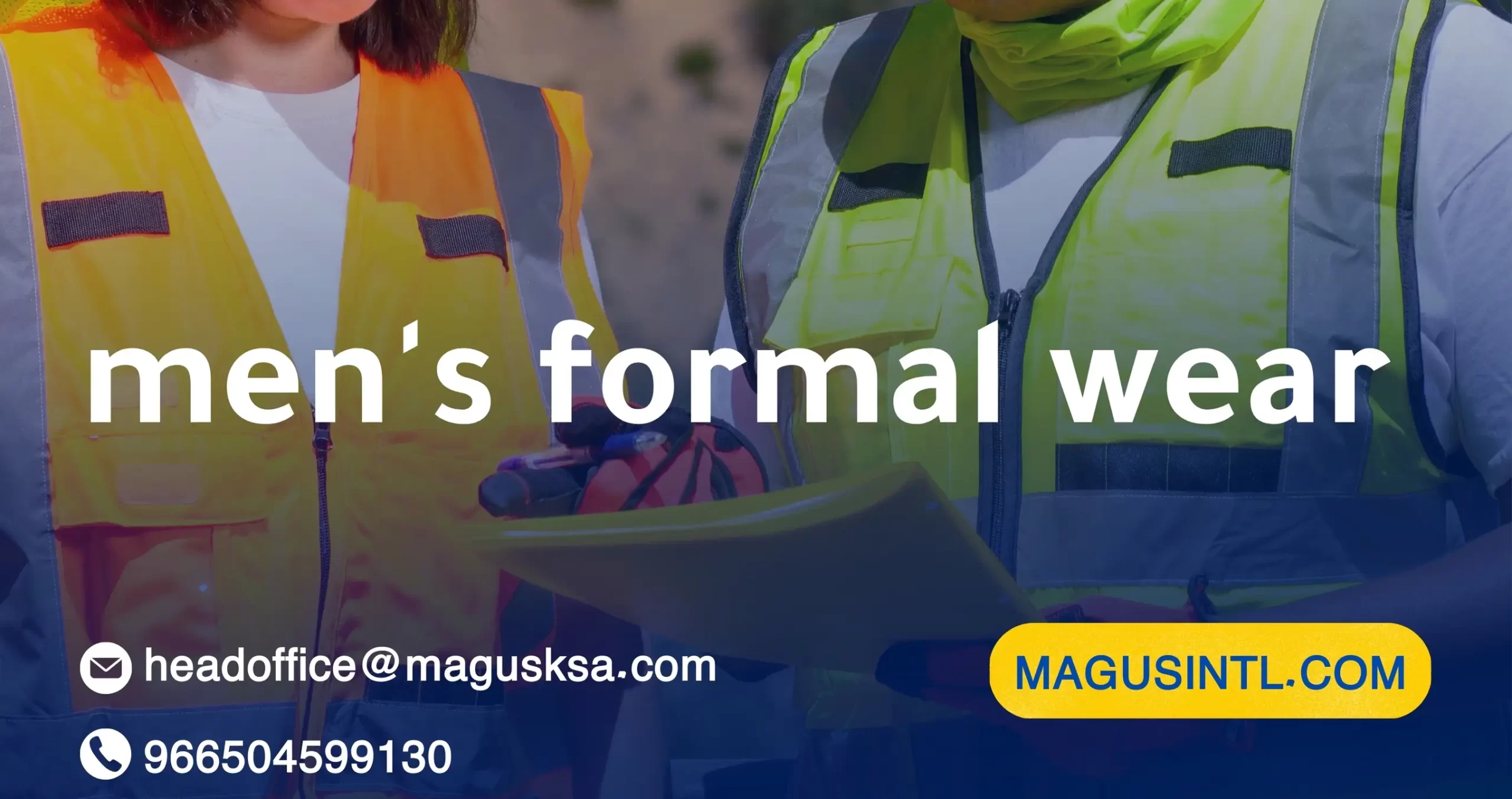How to Choose the Right Cut Resistant Gloves for You
You’re aware that you require Cut resistant gloves that are extremely resistant, but which ones are best for you?
You’re not by yourself. Cut-Resistance-Related Questions are Very Common. You must comprehend these protection ratings, which are among the most frequently questioned, to ensure your safety and the safety of your coworkers. We’ve put together an easy-to-read guide to help you learn about cut resistance, its significance, and how to choose the best gloves for your particular application.
Cut resistant gloves
Cut resistant gloves are safety gloves that, when suited and used correctly, prevent cuts from sharp objects, such as knives, swords, and sharp machines. They differ from other kinds of gloves because of their cut resistance.
These gloves create a block between the hand and the sharp edge of the object, causing injury. Cut protection gloves are categorized based on their particular purpose. These gloves are a great way to protect the hands from wounds and scrapes.
The best characteristic of protective gloves is that they are not resistant to sharp-edged instruments. Ensures safety against other hazards such as wear and tear.
Typically, they consist of glass fiber, premium synthetic fiber, stainless steel mesh, and unique composite materials.
What are cut resistant gloves made of?
Cut resistant gloves are made of Kevlar, Dyneema, or stainless steel mesh. Various materials are used to make anti-slip gloves, and each has certain qualities and advantages that make it appropriate for a particular use. Here is a list of some of the most well-liked resources:
- Steel core: This is perfect for heavy-duty applications, as it resists cuts and abrasions.
- Metal Mesh: Metal mesh gloves are made of stainless steel and are resistant to cuts and punctures. The risk of injury to the hands is high, and they are frequently used in food companies.
- Metal fiber composites: These gloves are made from a strong, cut-resistant blend of metal and fiber. They provide safety and flexibility in just the right amounts.
- Kevlar Aramid Fiber: Known for its softness and flexibility, kevlar is a material that is five times stronger than steel. It also burns up to 427 °C and is good for heating.
- Spectra Fiber: Spectra is a material that is ten times stronger per unit weight than steel because of its flexibility and resistance to wear and abrasion, especially when damp.
- Dyneema: Dyneema has several wonderful qualities, like being robust, soluble in water, moisture-absorbing, and chemical-resistant.
- Super Fabric: Super Fabric has been praised for its adaptability and resistance to punctures, reductions in staff, and breaks. It is frequently used in sectors that need safeguards for the hands.
Which Level of Cut Resistance Do I Need?
While Cut Resistance Level 5 provides the highest level of protection against accidents, it may not always be the optimal choice for the given work. When selecting gloves to buy, there are some crucial considerations that you should make.
Do you frequently come into contact with sharp things, for example? How much dexterity is needed for the current task? Will the quantity of cushioning in a cut-level F glove be a problem?
Levels A and 1:
Level 1 and Level A Cut Resistant Gloves have the benefit of frequently having less padding than gloves with more cushioning and protection, giving you more dexterity.
Levels B and 2:
Although Cut Resistance Levels 2 and B provide a little more protection, it’s still vital to stay away from really sharp things and edges.
Levels 3, 4, 5, and C:
Work gloves that fall within these categories can be used in a variety of settings, including those where frequent contact with sharp objects and blades occurs.
D/E level:
Cut Level D/E Gloves are ideal for usage in situations where you may sometimes come into touch with exposed glass, sharp metal, and blades.
Level F:
The maximum level of protection offered by a garment is denoted by its level F Cut Resistance rating, which certifies that it is safe to handle very sharp things such as sheet metal, glass, knife edges, and blades.
 How to choose the right glove for yourself
How to choose the right glove for yourself
Cut resistant gloves are essential when working with metal or glass. Understanding the right cases of each glove and each type helps you in picking and choosing the suitable type for your task. There are many cases you choose based on, such as:
- Food processing workers frequently employ knives and other dangerous tools. Gloves for cutting food have to find a balance between cut resistance and flexibility.
- Glass handling and production workers in this field work with sharp-edged glass sheets and require gloves that have excellent cut resistance.
- Automotive mechanics and other workers work with cutting metal parts and tools.
- Metal workers are exposed to cutting edges and heavy gear.
- Construction workers use a variety of tools and are in danger of hand injuries.
- Healthcare workers use scalpels and other sharp devices.
- Butchers handle sharp knives and bone saws; therefore, they need very cut resistant gloves.
- Forestry and logging workers must wear gloves with strong cut resistance because they work with chainsaws and blunt tools.
- Fishermen work with cutting hooks and gear, usually in wet environments.
Tips to keep your glove effective
As with all other personal protective equipment (PPE), proper glove care and maintenance will help you extend your life and retain your protective abilities. Following these wide but effective techniques will ensure that your gloves remain useful and secure to use for an extended amount of time. The frequency of industrial accidents can be considerably reduced by wearing cut resistant gloves.
● Cleaning
Clean your gloves regularly, following the manufacturer’s directions. The majority of gloves can be air-dried and machine-washed. Make sure the gloves are free of any contaminants, like oil or grease, as these might hinder performance.
● Inspection
Check your gloves for wear indicators like tears, cuts, or abrasions before using them every time. If you find any damage, replace the gloves right away. Do not attempt to repair damaged gloves because this may undermine their protective properties.
● Proper storage
Keep your gloves cold and dry, away from direct sunlight and chemicals. Proper storage prevents material degradation and ensures that the gloves are ready to use when needed.
● Use appropriate gloves
Make certain that you are wearing the proper gloves for the task at hand. Use the cut-level gloves chart and glove cut rating to choose gloves with the right amount of protection for your needs.
● Rotate your gloves
If you use gloves frequently, it is a good idea to have several pairs and alternate them. This approach not only extends the life of each pair but also guarantees that you always have a fresh pair available for usage. There are many levels of protection available for cut resistant gloves, depending on the task and level of danger.
● Disposal
When it comes to disposing of your gloves, observe your local waste disposal requirements. If the gloves contain hazardous elements, they may have to be disposed of as hazardous trash. Consider recycling alternatives, as certain materials, such as Dyneema and Kevlar, are recyclable.
● Replacement
Even the greatest cut resistant gloves available are not a one-time purchase. Even the best models will eventually wear out and need to be replaced. When you see symptoms of wear or a decrease in performance, it’s time to get a new pair.
As we get to the end, choosing the proper cut resistant gloves for your needs necessitates a thorough awareness of your working environment, tasks, and associated dangers.
It is crucial to note that even high-quality gloves are not completely cut-proof, and proper care and maintenance are required to extend their usefulness. Regular inspection, cleaning, and proper storage are also essential for guaranteeing the longevity and performance of your gloves.





There are no comments